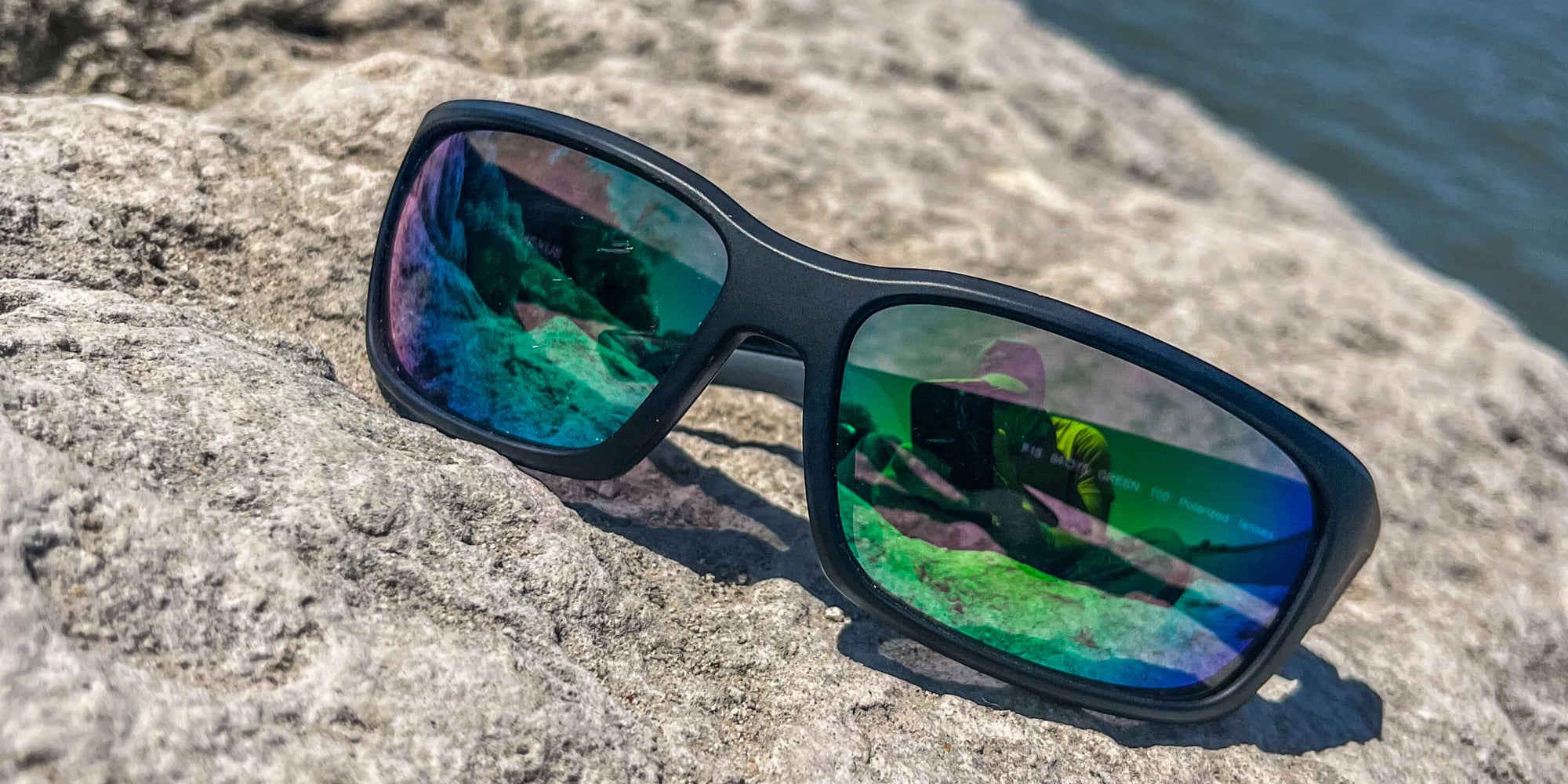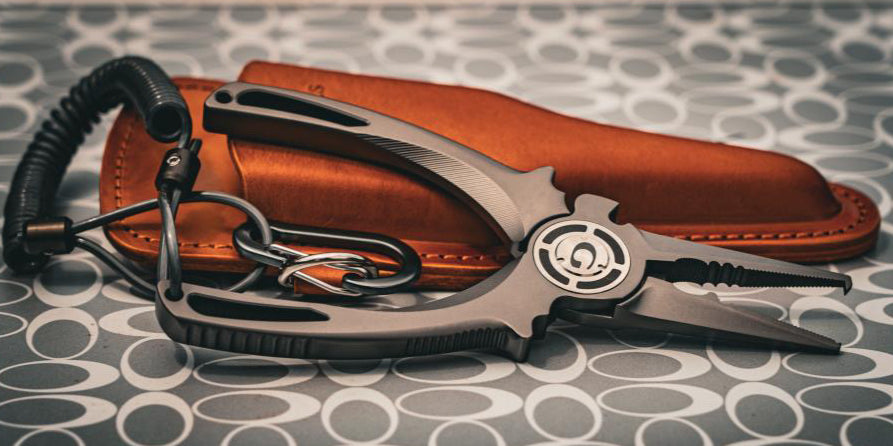There’s actually a lot more than that to the diverse classification of fishing rod types. Fishing rods differ with regard to their material, length, construction, weight etc.
When you want to buy a rod for yourself, you have to make sure that you pick one that is properly-suited to your needs. You also have to go with one that can last long under the type of usage you’re going to put it through.
This applies especially to beginners, since they are not as adept and skilled as professional anglers, and they can give the rod some rough treatment when pulling the game in.
In this post, we’re going to go over some important points and things that you have to keep in mind when buying a fishing rod for yourself. If you keep these pointers in mind, you won’t be likely to go wrong with your purchase.
 The 3 Classifications of Fishing Rods
The 3 Classifications of Fishing Rods
To start off, we’re going to look at the three classifications of fishing rods as well as their distinguishing features.
Here, we should mention that ‘spinning rods’ and ‘baitcasting rods’ are not really classifications of the fishing rod itself, contrary to what their colloquial reference may imply. ‘Spinning’, ‘baitcasting’ and ‘fly fishing’ are actually types of reels, not rods.
As far as the three classifications of fishing rods go, they are distinguished on the basis of their material i.e.,
- Graphite rods
- Fiberglass rods
- Composite (mixed) rods
Let’s look at each of them in a bit more detail before moving on:
1.Graphite Rods
Graphite rods are generally hailed to be the toughest and most expensive types of fishing rods available in the market nowadays. They are ideal for experienced anglers thanks to their sheer strength and supple (yet hard) construction.
In contrast to fiberglass rods (which we will discuss in a second), graphite rods don’t bend along their entire length. Rather, their pliability is limited to the top quarter or one-third of the whole thing. In other words, they’re springy at the top, but not as much closer to the rod’s handle.
Due to this type of limitedly pliant construction, graphite rods have a quick and snappy action, which can be expertly handled by professional anglers, but not as much by beginners.
2.Fiberglass Rods
Fiberglass rods are more affordable than their graphite counterparts, and they are much more pliable as well. The main difference between these rods and the one discussed above is the elasticity. Fiberglass rods move along their entire length i.e., from the tip to the handle, when the angler pulls and strains at the game. This makes their action considerably slower than graphite rods.
The benefit of this much suppleness is that these rods are not easy to snap or break. They can be ideal for beginners since they can handle the rough rookie treatment. But, even for professional anglers, fiberglass rods may be the preferred choice for certain types of fishing.
 All in all, there are basically two things in these types of rods that make them ideal for beginners i.e., their affordability and durability.
All in all, there are basically two things in these types of rods that make them ideal for beginners i.e., their affordability and durability.
3.Composite Rods
Composite rods are basically made of a mixed material consisting of both fiberglass and graphite. There can also be some other stuff in there, depending on the exact product you’re buying.
They are slightly less elastic than fiberglass rods and are also more expensive (although not as much as graphite ones). Composite rods can be good for beginners who want to get used to the feel of graphite rods before actually switching to them.
 What is the Strongest Fishing Rod Material?
What is the Strongest Fishing Rod Material?
Generally, graphite is considered to be the strongest fishing rod material. Graphite rods are great for fishing big game due to their strength. They are also highly sensitive, owing to their rigidness.
The more sensitive a rod is; the better feedback it provides to the angler. For example, with a graphite rod, the angler will be able to feel the movement of a fish close to the lure due to the ripples being sent through the line, down the rod and to the handle itself. This will allow them to set the bait and hook the game easily.
How to Choose the Right Size Fishing Rod?
To choose the right size fishing rod, you have to think about the type of fishing you’re going to be doing as well as the species you’re looking to hook. For example, if you’re looking to catch some large-sized fish, you will need a smaller fishing rod with fast action (less elasticity).
Similarly, if you want to do some deep-water fishing and you require a long casting distance, then you will need a longer fishing rod.
The main points that you should keep in mind regarding fishing rod sizes and their respective properties are thus:
| Long Fishing Rods | Pliant and more elastic | Provide longer casting distances | Less likely to snap |
| Short Fishing Rods | Relatively rigid (elasticity limited to the top part of the rod) | Shorter casting distances | A little more prone to snap when inexpertly used |
There’s a lot more to selecting the right rod than what we’ve briefly mentioned here. The ideal course of action is to consult with an expert angler before making your purchase. If you want to buy some Gomexus fishing rods, you can simply get some help from the support team.
What Size Fishing Rod is the Most Suitable for Freshwater Fishing?
According to the common recommendation, the suitable size for freshwater fishing is from 6 feet to 8 or 8.5 feet. For beginners, 7-foot rods are a good place to start since they are not uncomfortably short nor uncontrollably long and stalky.
Conclusion
And that wraps it up.
Choosing the right rod can be tricky, especially for beginners and rookies. Hopefully, after reading this post, you’ll know where to start looking the next time you have to make a purchase.
In the end, we reiterate, the ideal course of action is to simply take the help of an expert angler. You can get their opinion on choosing the ideal rod for yourself.




